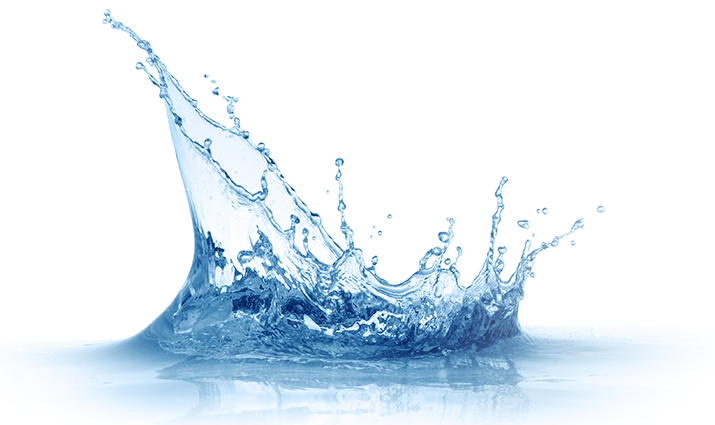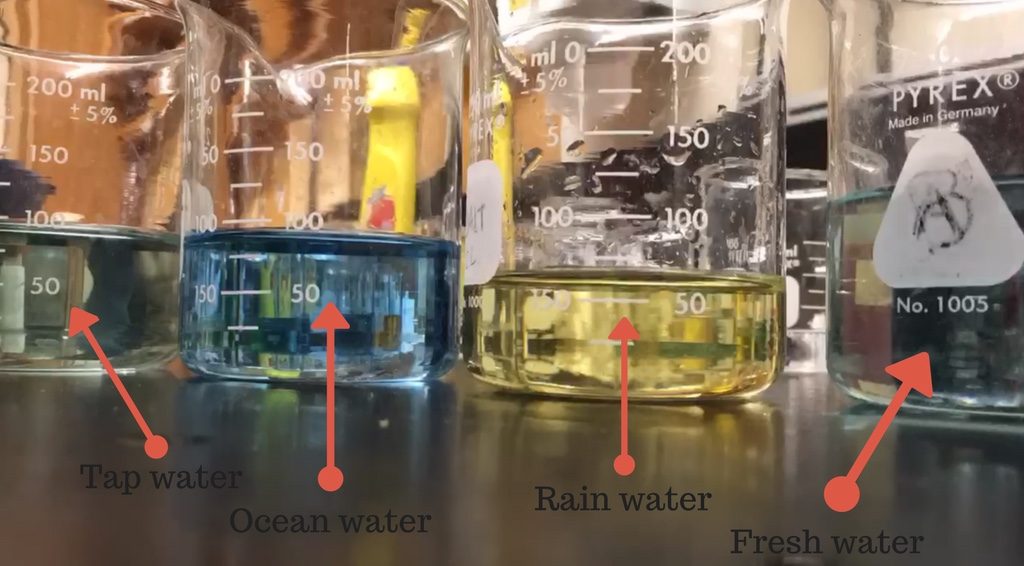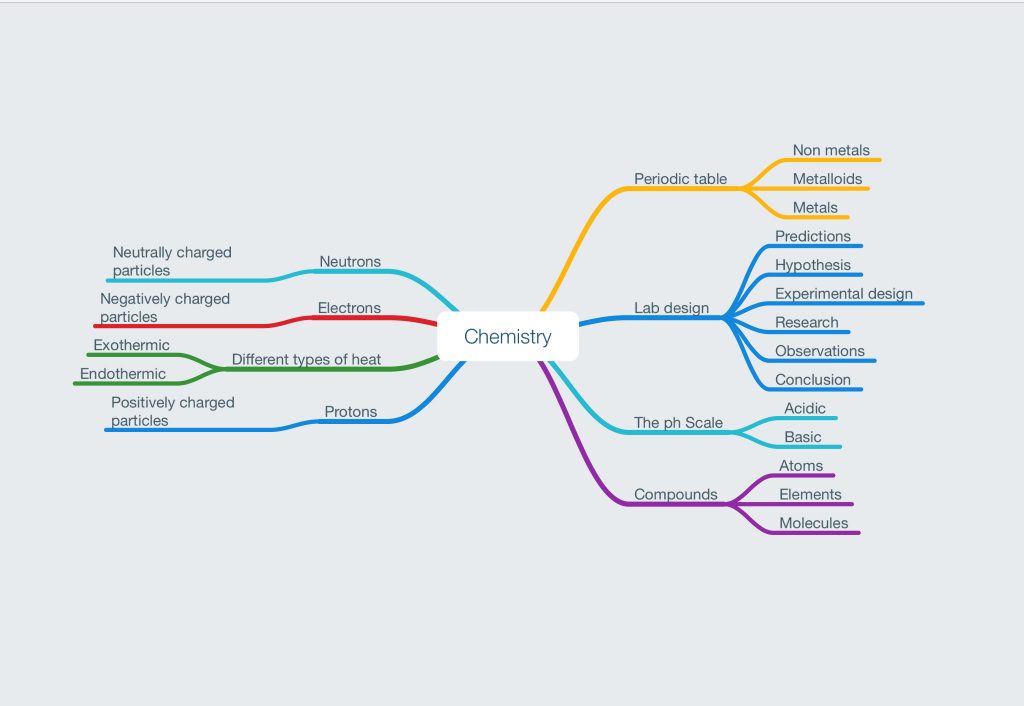So in PLP Science 10 we have just finished up our unit for the second term. For the past term we have been studying and creating a project that is based on chemistry. At the beginning of the term we were given two different types of projects that we could choose for that unit. The first project was the chemical reaction project, the other choice was a chemistry video project. The reaction project was where you and your partner would design a chemical reaction to be used to identify the unknown composition of an object. The second choice was the video project which consisted of creating a video that could be animated. This video was to explain how a chemical reaction would act like a character that you created.
I ended up choosing the reaction project. The inquiry question for this project was how can chemical reactions be used to identify the unknown composition of an object? So the next day after Mr. Gross had taken all of our choices, we were assigned partners. Mr. Gross matched me with Mimi. Mimi and I brainstormed and a came up with the idea to test different water sources for how they would place on the PH scale. Another way to put it is that we were find the most acidic type of water source. We thought that this would be a great project because where we live you can walk out your door and access ocean, fresh, rain and tap water. Rain water, fresh water from a creek, ocean water and tap water would be our different water sources that we would test from. Now for the chemical reaction.
Here is a video of the litmus paper and chemical reactions
We thought that it would be best to test these 4 different water sources as many different ways as we could. So we thought about what scientists use to test the PH level and we had no clue. So we turned to the trusty old internet. We found after doing some research that there were three main ways to test the PH level in water. The first and easiest is to use litmas paper. Litmas paper is small strips of paper that you pour water on. These strips of paper turn different colours depending on the different acidity levels in the different waters. The second and most effective way that we found to see the most acidic type of water source is to use the chemical bromothymal blue. Bromothymal blue was poured into 4 different glasses filled with approximately 200 milligrams of the 4 different water sources. The colours of the waters changed depending on the acidity level. The last method was to do the same things as the bromothymal blue but with a different chemical called methyl orange. We put the methyl orange into 4 different glasses with the 4 different water sources.
Here are our findings. Feel free to read about them
Water reaction science project
After waiting for a extended amount of time to see what the reaction was for the litmas paper and chemicals we observed our findings. We found that the bromothymal blue was the chemical reaction with the most noticeable difference between the different waters. We based our final conclusion on the bromothymal blue. We concluded that the rain water was the most acidic water that we had tested. Overall I had a lot of fun creating the experiment and executing it. I would definitely recommend this project to another class such as the Grade 9 PLP class.
At the beginning of the term we were told to create a mind map about everything we know about chemistry. Then after we had finished the project we were told to make another mind map and put down again what we know about chemistry. The difference is outstanding.
Prior to chemistry unit
After chemistry unit




